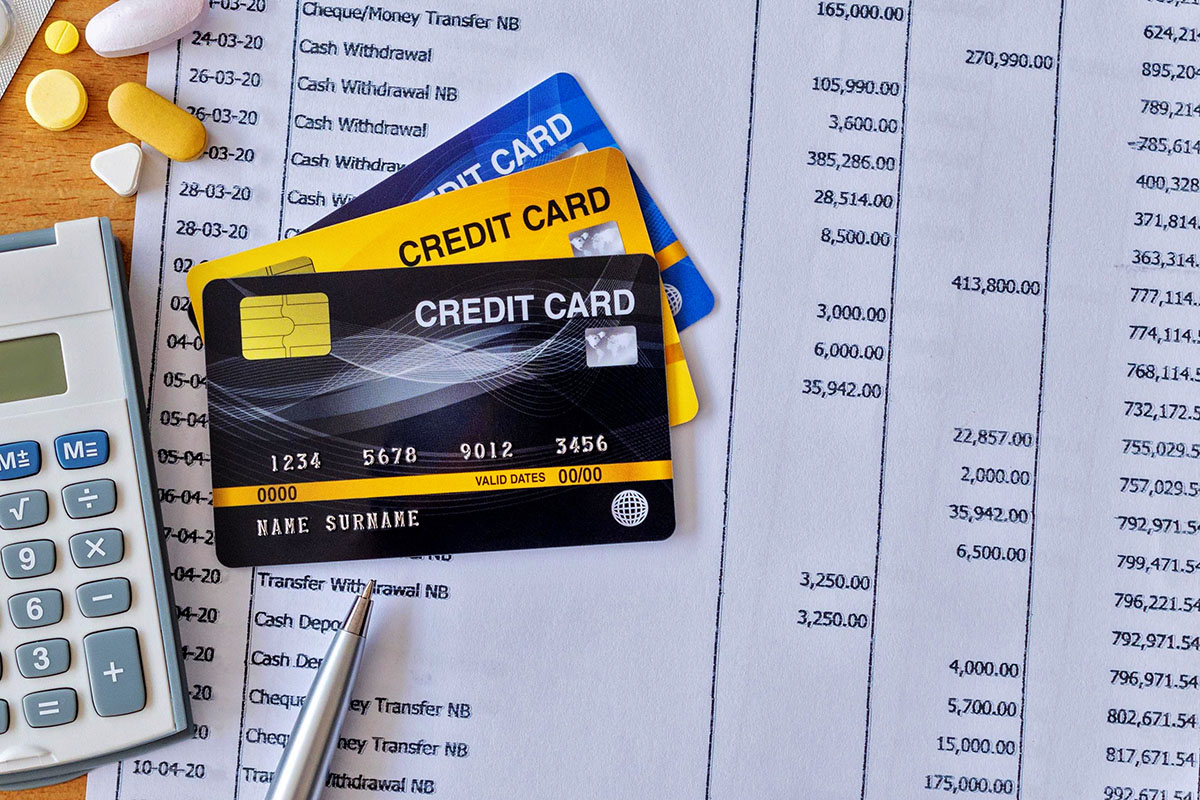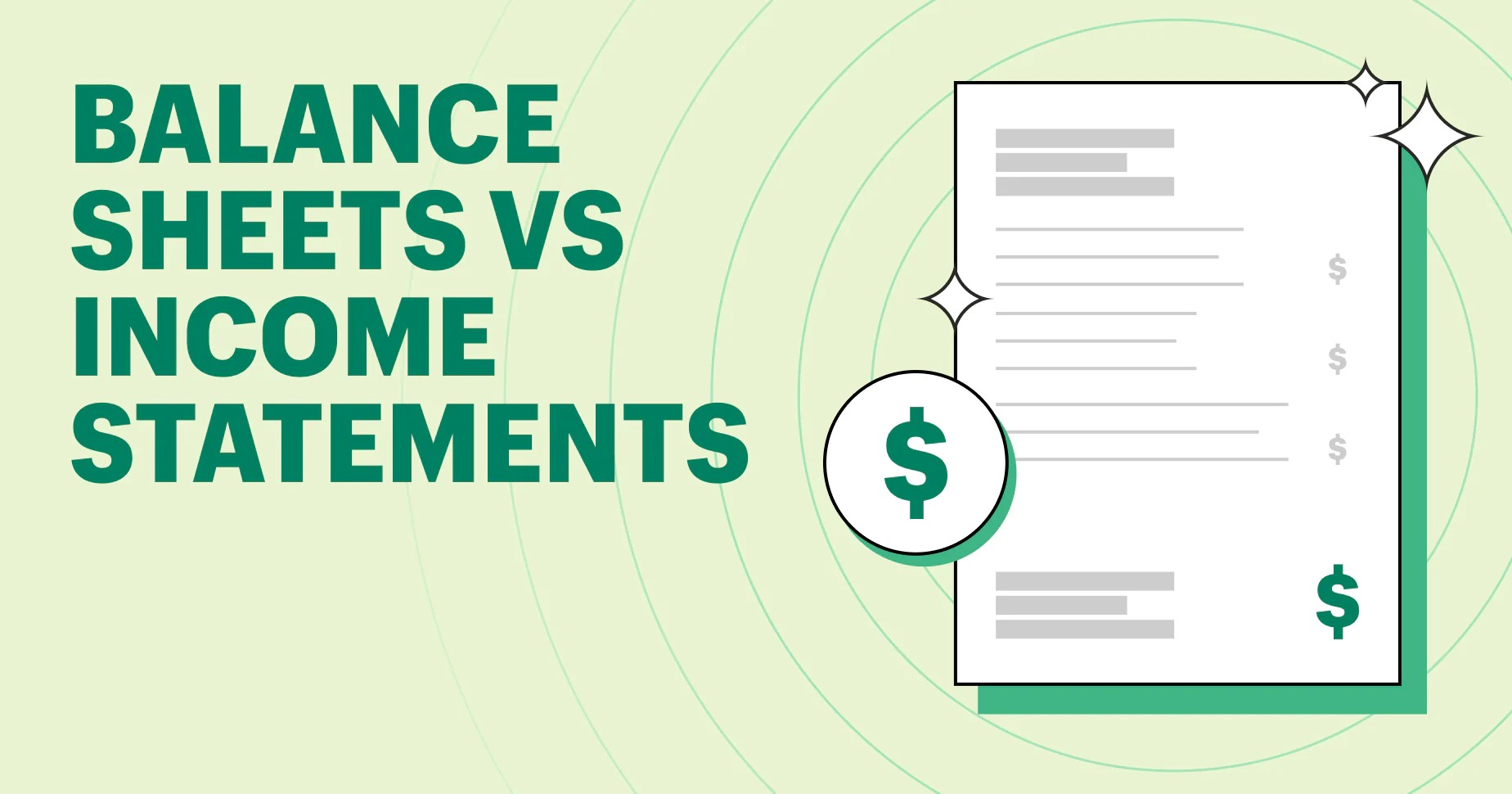

Finance
What Does “Last Statement Balance” Mean
Published: March 2, 2024
Learn the meaning of "last statement balance" in finance and how it impacts your financial statements. Understand the importance of monitoring this balance for better financial management.
(Many of the links in this article redirect to a specific reviewed product. Your purchase of these products through affiliate links helps to generate commission for LiveWell, at no extra cost. Learn more)
Table of Contents
Introduction
Understanding the Last Statement Balance in Finance
When it comes to managing personal finances, understanding the concept of last statement balance is crucial. This financial term often appears on credit card statements and plays a significant role in determining the amount a cardholder owes to the issuer. Essentially, the last statement balance represents the outstanding amount that needs to be paid by the due date to avoid incurring interest charges or late fees.
Many individuals find the world of finance daunting, especially when confronted with terminologies that may seem perplexing at first glance. However, gaining a clear comprehension of the last statement balance can empower individuals to make informed decisions about their financial responsibilities and overall monetary well-being.
In this article, we will delve into the intricacies of last statement balances, explore the factors that influence them, and highlight their importance in personal finance management. Additionally, we will provide practical tips for effectively managing last statement balances to promote financial stability and responsible credit card usage.
Understanding Last Statement Balance
Before delving into the specifics of managing last statement balances, it is essential to grasp the fundamental concept behind this financial term. The last statement balance, also referred to as the statement closing balance, represents the total amount owed on a credit card at the end of the billing cycle. This balance encompasses all purchases, payments, fees, and interest accrued during the billing period.
Typically, the billing cycle spans approximately 30 days, during which cardholders make various transactions using their credit cards. These transactions include retail purchases, online expenditures, bill payments, and other financial activities. Throughout this period, any payments made towards the credit card balance are deducted, while new charges are added, ultimately culminating in the last statement balance.
It is important to note that the last statement balance does not reflect the current outstanding balance if additional transactions have been conducted after the billing cycle’s closure. Instead, it reflects the amount due at the end of the previous billing period. This figure serves as the basis for the minimum payment due and influences the calculation of interest charges if the entire balance is not paid in full.
Understanding the last statement balance is pivotal for effective financial planning and prudent budget management. By comprehending this concept, individuals can make informed decisions regarding their credit card usage, debt repayment strategies, and overall financial health. Moreover, a clear understanding of the last statement balance empowers individuals to avoid unnecessary fees, minimize interest expenses, and maintain a favorable credit standing.
Factors Affecting Last Statement Balance
Several crucial factors contribute to the determination of the last statement balance on a credit card. Understanding these elements is paramount for individuals seeking to manage their finances prudently and minimize unnecessary debt accumulation. The following are key factors that can influence the last statement balance:
- Purchase Activity: The primary driver of the last statement balance is the individual’s purchase activity throughout the billing cycle. Every transaction, whether for goods, services, or other expenses, directly impacts the total amount owed at the end of the period.
- Payments and Credits: Any payments made towards the credit card balance, as well as any credits received, such as refunds or rewards, affect the last statement balance. These transactions directly reduce the outstanding amount owed.
- Interest Charges: Accrued interest on the outstanding balance contributes to the last statement balance. Understanding the interest rates and the impact of carrying a balance can help individuals make informed decisions about managing their credit card debt.
- Fees and Penalties: Additional fees, such as late payment fees or annual charges, can increase the last statement balance. Avoiding these fees is essential for maintaining a manageable balance and financial stability.
- Balance Transfers and Cash Advances: If the cardholder has utilized balance transfer offers or obtained cash advances, these transactions will impact the last statement balance. It is crucial to be aware of the terms and conditions associated with these types of transactions to mitigate potential financial implications.
By recognizing the factors that influence the last statement balance, individuals can proactively manage their credit card usage, make timely payments, and strategically allocate funds to minimize the impact of interest charges and fees. Moreover, a comprehensive understanding of these factors enables individuals to exercise greater control over their financial obligations and promotes responsible financial decision-making.
Importance of Last Statement Balance
The last statement balance holds significant importance in the realm of personal finance, particularly for individuals utilizing credit cards as a means of payment. Understanding the relevance of this financial metric is pivotal for maintaining financial stability and making informed decisions about debt management and credit utilization. The following points underscore the importance of the last statement balance:
- Debt Management: The last statement balance serves as a clear indicator of the amount owed on a credit card at the end of the billing cycle. This figure enables cardholders to assess their outstanding debt and devise effective strategies for repayment, thereby preventing the accumulation of excessive interest charges and potential financial strain.
- Budget Planning: By recognizing the last statement balance, individuals can incorporate this essential financial obligation into their budget planning. This proactive approach allows for the allocation of funds towards credit card payments, ensuring that the minimum amount due is met and preventing late payment penalties.
- Credit Score Impact: Timely management of the last statement balance directly influences an individual’s credit score. Maintaining a low credit utilization ratio, which is the ratio of the outstanding balance to the credit limit, positively impacts credit scores. Conversely, carrying high balances can adversely affect creditworthiness.
- Interest Avoidance: Understanding the last statement balance empowers individuals to pay off their entire balance by the due date, thereby avoiding accruing interest charges. This prudent financial behavior not only saves money but also promotes a healthy credit profile.
- Financial Discipline: Regularly monitoring the last statement balance cultivates financial discipline and accountability. It encourages individuals to conscientiously track their spending, make timely payments, and strive for responsible credit utilization, fostering overall financial well-being.
By recognizing the multifaceted importance of the last statement balance, individuals can proactively manage their credit card obligations, mitigate financial risks, and cultivate sound financial habits. This heightened awareness enables individuals to navigate the complexities of personal finance with confidence, ultimately promoting long-term financial security and stability.
Tips for Managing Last Statement Balance
Effectively managing the last statement balance on a credit card is essential for maintaining financial health and minimizing unnecessary debt. Implementing practical strategies and adopting prudent financial habits can significantly impact an individual’s ability to manage their credit card obligations responsibly. The following tips offer actionable guidance for effectively managing the last statement balance:
- Regularly Monitor Transactions: Stay vigilant about monitoring credit card transactions throughout the billing cycle. This proactive approach allows for the early detection of any unauthorized charges and promotes a clear understanding of the factors contributing to the last statement balance.
- Make Timely Payments: Prioritize making timely payments to ensure that the last statement balance is paid in full by the due date. Timely payments not only prevent the accrual of interest charges but also reflect positively on an individual’s credit history.
- Strategically Allocate Funds: When budgeting, allocate sufficient funds to cover the last statement balance, in addition to any planned expenses. This approach prevents the last statement balance from becoming a financial burden and supports responsible credit utilization.
- Minimize Credit Utilization: Aim to maintain a low credit utilization ratio by keeping the last statement balance well below the credit limit. This practice demonstrates prudent financial management and positively influences credit scores.
- Avoid Unnecessary Fees: Be mindful of due dates and strive to avoid late payment fees by ensuring that the last statement balance is paid on time. Additionally, steer clear of unnecessary fees by understanding the terms and conditions associated with the credit card.
- Review Interest Rates: Familiarize yourself with the interest rates applicable to the credit card. Consider prioritizing the repayment of balances incurring higher interest rates to minimize long-term interest expenses.
- Utilize Rewards Strategically: If the credit card offers rewards or cashback benefits, leverage them strategically. Apply accumulated rewards towards reducing the last statement balance or utilize them for future expenses to alleviate financial pressure.
- Seek Financial Guidance: If encountering challenges in managing the last statement balance or overall credit card obligations, consider seeking guidance from financial advisors or credit counseling services. These professionals can offer personalized strategies for effective debt management.
By incorporating these practical tips into their financial routines, individuals can navigate the complexities of credit card management with confidence and prudence. Effectively managing the last statement balance not only fosters financial stability but also contributes to a positive credit profile and long-term monetary well-being.
Conclusion
Understanding and effectively managing the last statement balance is integral to maintaining financial stability and responsible credit card usage. This financial metric serves as a pivotal indicator of an individual’s outstanding credit card debt at the end of the billing cycle, influencing budget planning, debt management strategies, and overall creditworthiness. By comprehending the factors that contribute to the last statement balance and implementing practical tips for its management, individuals can navigate the complexities of credit card obligations with prudence and confidence.
Moreover, recognizing the importance of the last statement balance in impacting credit scores, interest expenses, and financial discipline empowers individuals to make informed decisions about their credit card usage and debt repayment. This heightened awareness fosters a proactive approach to financial management, promoting responsible spending habits and minimizing the risk of accumulating excessive debt.
As individuals strive to maintain a favorable last statement balance, they contribute to the cultivation of sound financial habits, disciplined budgeting, and prudent credit utilization. This, in turn, paves the way for long-term financial security and stability, positioning individuals on a trajectory towards achieving their monetary goals and aspirations.
In essence, the last statement balance encapsulates more than just a monetary figure; it embodies the conscientious management of financial responsibilities, the pursuit of fiscal well-being, and the empowerment of individuals to make informed and impactful decisions in their financial journeys.














